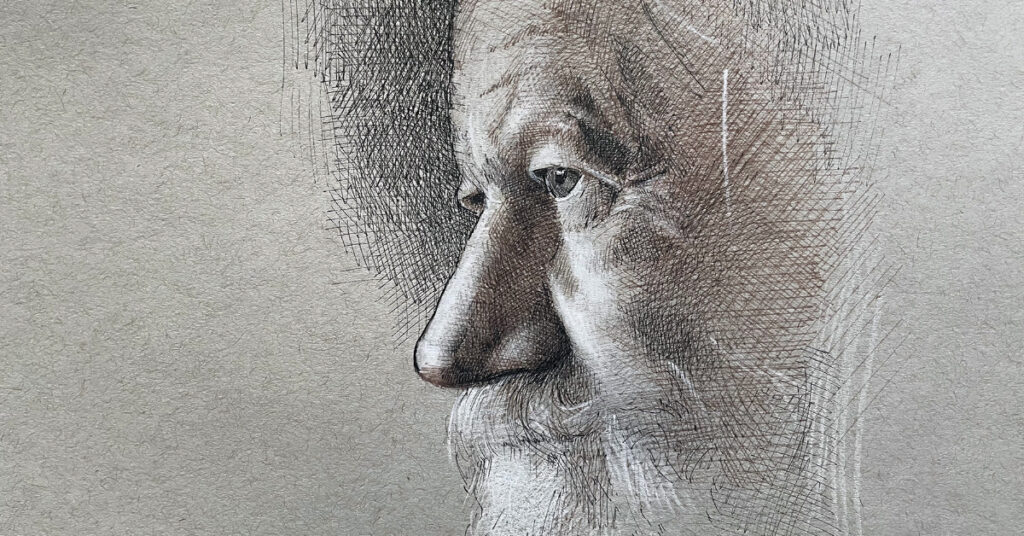Beginner: Drawing Materials, the Basics
by Bob Bahr
Here are the basic art materials drawing.
Drawing
Graphite pencils
A graphite pencil usually consists of a long, thin cylinder of graphite enclosed in a hexagonal wooden sleeve–the standard pencil. But solid graphite is also available in a pencil form that is wrapped in plastic to keep the graphite off the user’s hands. Graphite pencils come in degrees of hardness, and artists use the varieties to achieve different effects. Most draftsmen keep at least 6B, 4B, 2B, and HB pencils in their toolbox. The graphite in a pencil has clay in it to make the graphite more cohesive. The higher the clay content, the harder the lead in the pencil. A very hard pencil lead will make precise marks; a softer lead will leave pigment in a more flowing manner.
 |
| Charcoal is available in three different forms: vines, willow twigs, and pencils. From the New Artist's Handbook (DK Publishing, Inc., New York, New York.) |
Charcoal
Charcoal is slowly charred wood. Large vines are charred in an airtight environment to make bigger sticks of charcoal, while thin willow twigs are charred for other applications when a thin stick is needed. Like graphite, charcoal comes in degrees of hardness. Charcoal is also sold in pencil form.
Conté
Conté crayon is a popular drawing material that is similar to chalk but waxier. It is available in sticks of black, white, sepia, bistre, and sanguine. It is difficult to erase.
Kneaded eraser
The soft, slightly sticky surface of this pliable, puttylike eraser allows an artist to precisely lift up a lot of pigment from a drawing without generating “crumbs.”
Paper
Draftsmen have worked on virtually every kind of paper produced. Some papers, like Bristol board, are more difficult to erase from. Others, such as newsprint, are not archival. An artist’s choice in drawing paper should reflect the goals of the drawing. Is it meant to be purely a preliminary work in preparation for another piece? Is precision important, and are fine details required? Should the paper be toned in a middle value, or does the artist wish to have the drawing pop off a stark white background?





Have a technical question?
Contact UsJoin the Conversation!